Frequently Asked Questions
 Chargeback Time Limits
Chargeback Time Limits
What are the credit card chargeback time limits?
The amount of time merchants have to respond to chargebacks varies depending on the card brand. While some specific circumstances may call for exceptions, the following time limits by card brand generally hold true:
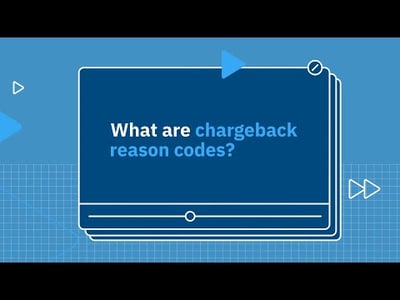 Chargeback Reason Codes
Chargeback Reason Codes
What are chargeback reason codes?
A chargeback reason code is an alphanumeric code that indicates the claimed reason for a chargeback. Each card brand has their own unique set of reason codes. Understanding reason codes is an essential part of both fighting and preventing chargebacks.
 Chargeback Ratio
Chargeback Ratio
How do I calculate my chargeback rate?
Take the number of chargebacks over a particular period of time, divide it by the total number of transactions, and multiply by 100 in order to present it as a percentage. Different card brands have slightly different methods for calculating chargeback ratios. For example, Visa calculates chargeback rates by dividing a particular month’s chargebacks by that particular month’s total number of transactions while MasterCard divides a particular month’s chargebacks by the previous month’s total transactions.
 Chargeback Process Flow
Chargeback Process Flow
How do chargeback tools fit into the chargeback process flow?
There are two general locations within the chargeback process flow where chargeback tools fit: between the initial cardholder complaint and the formal chargeback, and during the representment process. Chargeback prevention tools—alerts, Order Insight, Consumer Clarity, Rapid Dispute Resolution, etc.—fall into the former category while tools for fighting chargebacks fall into the latter.
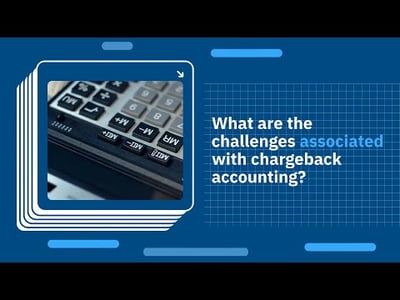 Chargeback Accounting
Chargeback Accounting
What are the challenges associated with chargeback accounting?
Chargebacks are not like regular transactions such as payments, debt, or refunds. There are specific, unusual attributes of chargebacks that can make them particularly difficult for accountants to properly log and track. These include the fact that chargebacks occur at irregular intervals, take a long time to process, involve multiple processes with multiple different outcomes, are processed differently by different kinds of banks, and include additional fees beyond the transaction amount itself.
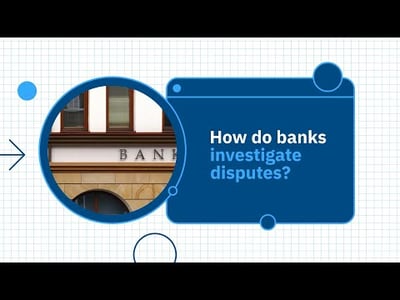 Chargebacks
Chargebacks
How do banks investigate disputes?
Chargeback laws and procedures generally favor cardholders over merchants. Issuing banks, in particular, have an incentive to side with their cardholders in a dispute. Thus, a bank may not thoroughly investigate a dispute if the merchant does not provide evidence and arguments as to why a chargeback was wrongly filed.
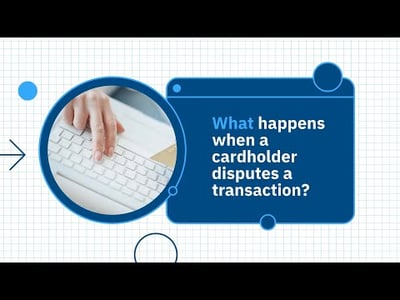 Chargeback Management
Chargeback Management
What happens when a cardholder disputes a transaction?
Depending on the circumstances of the transaction, policies of the card brand, and whims of the various stakeholders in the transaction, a cardholder dispute can take numerous forms and have multiple possible conclusions. But the most consequential outcome, from a merchant’s perspective, is a chargeback. Preventing chargebacks, fighting chargebacks, and generally managing chargebacks requires a thorough understanding of the chargeback process.
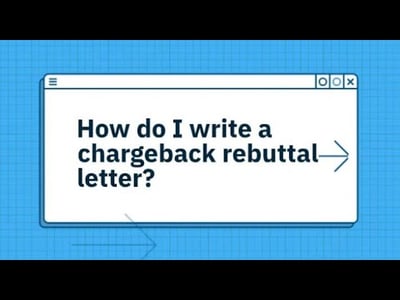 Chargeback Representment
Chargeback Representment
How do I write a chargeback rebuttal letter?
Chargeback rebuttal letters can be written from scratch by the merchant, written based on templates available online, written by outsourced chargeback management solution providers, or created through the use of a dynamic chargeback representment tool. An effective chargeback rebuttal letter should concisely frame your response to the chargeback. It provides any necessary information to identify the transaction, addresses the specific claims that the cardholder has presented, and outlines what supporting evidence will be provided. It also explains what outcome you are seeking.
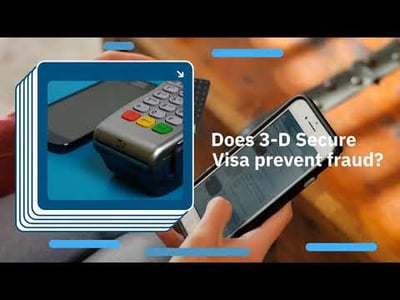 3D Secure
3D Secure
Does 3-D Secure Visa prevent fraud?
Yes. Visa’s 3-D Secure is a fraud prevention security protocol for online credit card payments. It facilitates the exchange of customer information between acquirer and issuer whenever a customer makes an online purchase. This allows merchants to confirm the identity of a customer, cutting down on identity fraud and reducing the frequency of “unauthorized transaction” chargebacks.